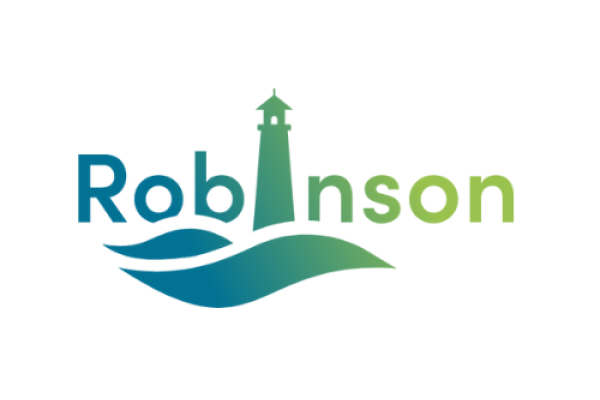
RE-EMPOWERED
The main goal of RE-EMPOWERED is to develop and demonstrate solutions for the energy transition of local energy systems based on multi-energy microgrids, interconnecting multiple energy vectors. A complete set of solutions for local energy systems has been developed that will be demonstrated in four pilot sites, two European and two Indian. The developed tools include energy management systems, smart meters, power electronic converters, ICT solutions, and energy planning.






